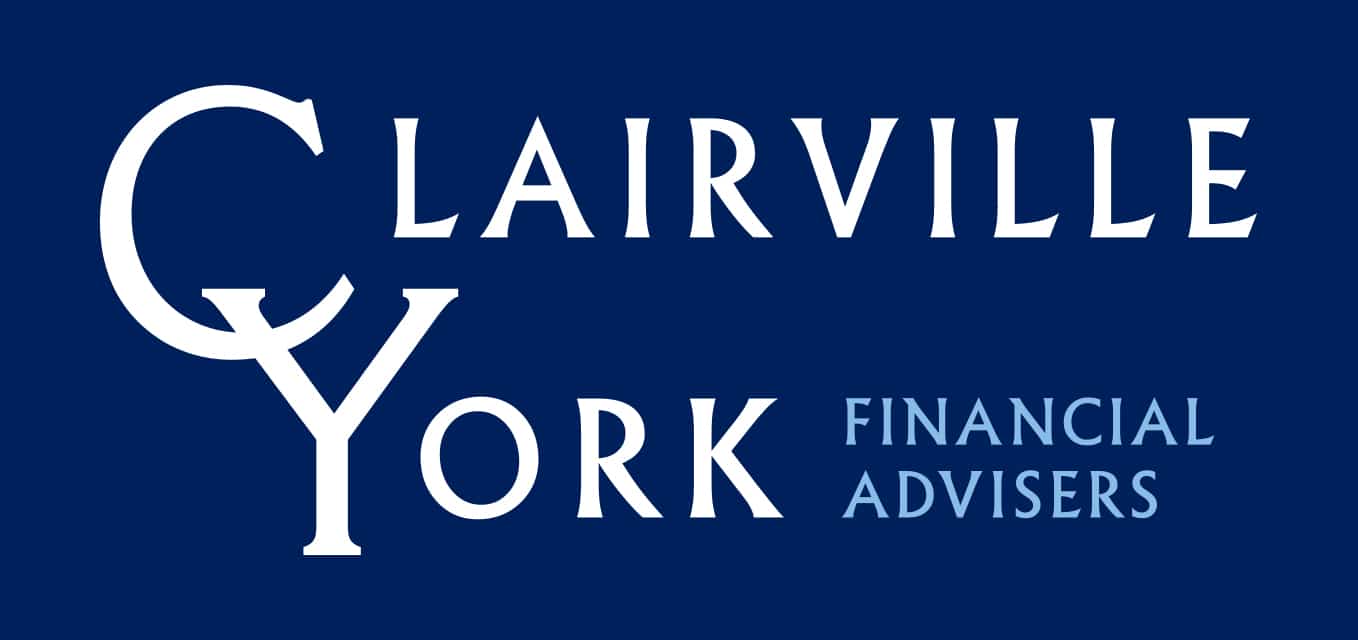Encouraging Enterprise
In his Spring statement, Chancellor Philip Hammond announced that consideration was being given to introducing a new higher-risk variant of the Enterprise Investment Scheme (‘EIS’), to encourage investment in new “knowledge intensive” technology companies. EIS was introduced in the 1990s and offers investors in companies that meet the criteria and have assets of less than […]
